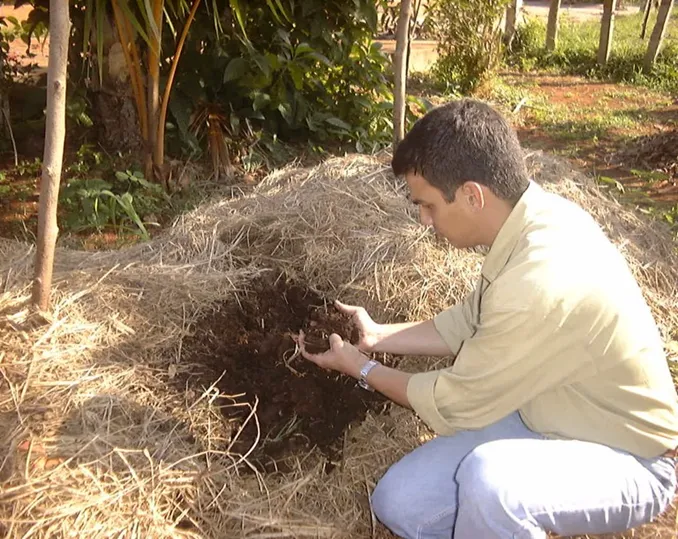Agriculture, a fundamental pillar of our society, faces the challenge of feeding a constantly growing world population, while preserving natural resources and minimizing its environmental impact. A key strategy to achieve this balance is the recycling and reuse of nutrients in agricultural systems.

Nutrients are essential elements for plant growth in conventional agriculture, these nutrients are usually obtained from chemical fertilizers produced from non-renewable resources. However, this practice can have negative consequences such as groundwater pollution and loss of soil biodiversity.
The recycling of nutrients offers multiple benefits to greater efficiency in the use of resources since it reduces the dependence on chemical fertilizers and makes the most of the nutrients available in the agricultural system, improvement of soil quality increases organic matter, improves soil structure and favors the activity of beneficial microorganisms, reduction of pollution, decreases greenhouse gas emissions associated with the production of fertilizers and reduces water pollution, greater sustainability contributes to the creation of more resilient agricultural systems and less dependent on external inputs.
There are various strategies for recycling and reusing nutrients in agriculture:
- Organic fertilizers: The use of animal manure, compost and other organic waste as fertilizer provides nutrients to the soil naturally and improves its structure.
- Cover crops: Planting plants between main crops helps capture nutrients that would otherwise be lost to leaching and returns them to the soil by breaking down.
- Crop rotation: Alternating different crops on the same plot helps to maintain the balance of nutrients in the soil and reduce the risk of diseases and pests.
- Legumes: These plants have the ability to fix atmospheric nitrogen in their roots, enriching the soil with this important nutrient.
- Agroforestry systems: The integration of trees into agricultural systems helps to improve soil fertility, through the fall of leaves and branches, and to fix atmospheric nitrogen.

In the same vein, soil microorganisms play a fundamental role in the recycling of nutrients. Bacteria, fungi and other organisms break down organic matter, releasing nutrients that can be absorbed by plants. While nutrient recycling offers great benefits, it also presents challenges:
- Availability of organic waste: The quantity and quality of organic waste available may vary depending on the region and the time of year.
- Waste management: It is necessary to ensure proper management of organic waste to prevent the spread of diseases and pests.
- Implementation costs: Adopting nutrient recycling practices may require initial investments in equipment and training.
The aforementioned challenges generate opportunities such as the development of technologies, research and development of new technologies can help optimize nutrient recycling processes and reduce associated costs, in addition to cooperation between farmers that can facilitate the exchange of experiences and access to resources.
Dear readers, in conclusion, the recycling and reuse of nutrients in agriculture are fundamental to building more sustainable and resilient agricultural systems, by taking advantage of natural resources efficiently and reducing our dependence on external inputs, we can guarantee food security for future generations and protect the environment.
Thank you for reading our articles, until a next installment
Biographical references

Sources
- Photography and images:All photographs and images are the property of the author @amestyj
- Agrotecnia banner: made by the author @amestyj with own images
- Hive Banner: Designed by the author @amestyj with image owned by hive.


